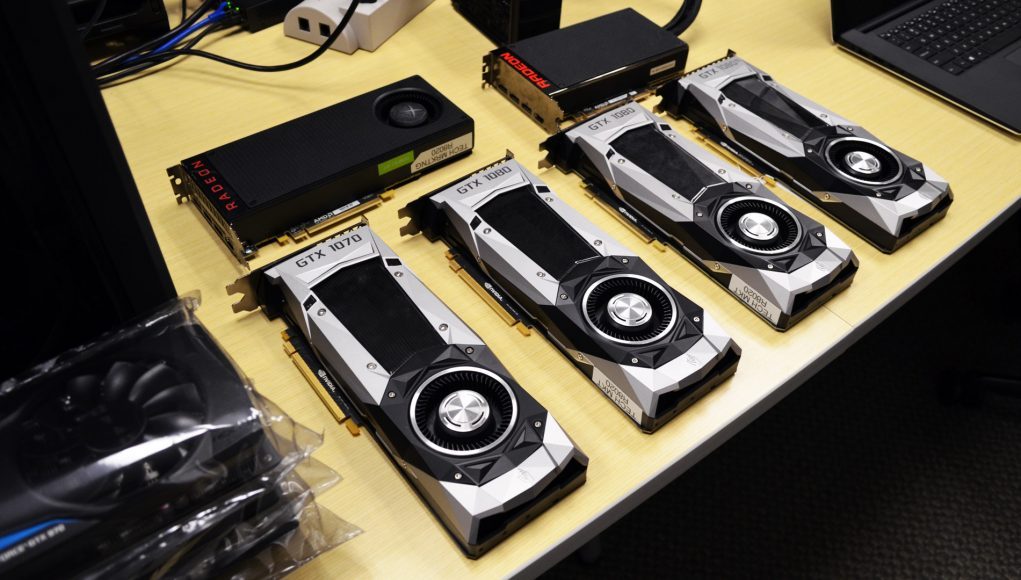High PC hardware requirements are one reason why VR is often touted as being highly expensive, but as GPUs have gotten more powerful and cheaper over time, more people than ever have ‘VR Ready’ hardware, even if they didn’t buy it specifically for that purpose. Today an estimated 58 million Steam users already have one of the most expensive parts of the VR Ready equation: a powerful GPU that meets the VR industry’s recommended specifications.
Updated – May 9th, 2020
In The Beginning…
At the end of 2015, just a few months before the first consumer VR headsets would launch in early 2016, NVIDIA estimated that roughly 13 million VR Ready PCs existed in the market. At the time, only mid to high-end enthusiast GPUs—starting at $330 and going upwards of $650—met the de facto ‘VR Ready’ recommended specifications which asked for a minimum of an AMD Radeon R9 290 or an Nvidia GTX 970. Much has changed since then.
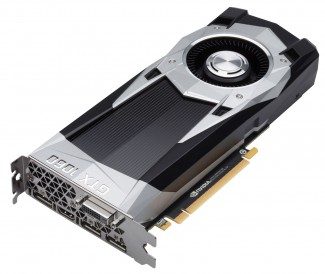
VR Ready GPUs Today
New generations of GPUs have launched from both AMD and Nvidia, bringing more power at lower costs, while at the same time expanding the pool of people with VR Ready graphics cards by making lower-cost cards powerful enough to handle VR.
Today you can easily pick up a VR Ready GPU on the cheap from Amazon, like the Nvidia GTX 1650 Super for $160 or the AMD RX 5500 XT for $180.
Advancements in NVIDIA’s latest laptop GPUs also mean that a much larger number of VR Ready laptops exist today than did prior to the company’s 10-series GPUs.
58 Million Strong
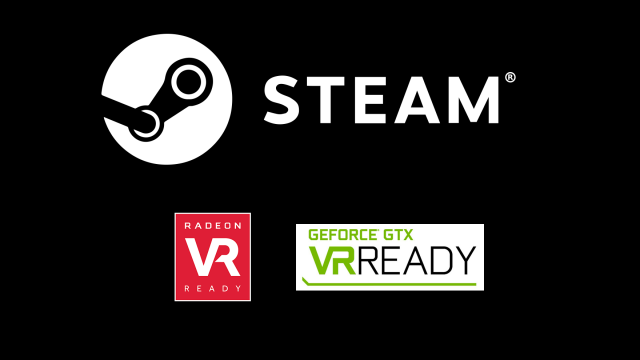 The impact of this lower cost and more powerful hardware has been dramatic in terms of the number of VR Ready GPUs on the market. Today, we estimate that 58 million Steam users have PCs equipped with VR Ready GPUs. How do we figure? Glad you asked.
The impact of this lower cost and more powerful hardware has been dramatic in terms of the number of VR Ready GPUs on the market. Today, we estimate that 58 million Steam users have PCs equipped with VR Ready GPUs. How do we figure? Glad you asked.
Steam handily makes available a nice set of regularly update stats breaking down the hardware specs of their users; it isn’t a sample of all Steam users—data is only collected from those who opt to take the survey—but Valve represents it as an accurate tally of its population.
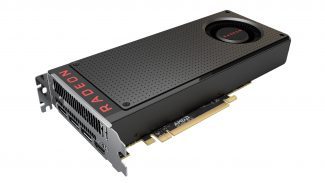
Pulling out the VR Ready GPUs from the latest stats tells us that 41.01% of sampled Steam users have VR Ready GPUs. Combined with Road to VR‘s Steam population model—which is based on historical survey data, along with official data points directly from Valve and Steam—we estimate that 41.01% represents 58 million VR Ready GPUs on Steam.
That’s a far, far greater number than the current combined estimates of PC VR headset sales to date, but it’s certainly good news for headset makers and the VR industry, as it means the pre-existing install base to sell VR headsets into has greatly expanded in the last several years.
Given that 41% of Steam’s population has a VR Ready GPU, it’s surprising how often we still hear PC gamers say that VR is too costly because of the hardware requirements—in many cases the people making such arguments may be blissfully unaware that they already have the requisite hardware. This suggests that major PC VR players like Oculus, HTC, and Valve stand to collectively benefit simply by educating consumers that their hardware may already be capable of running VR experiences.
Further Discussion and Considerations
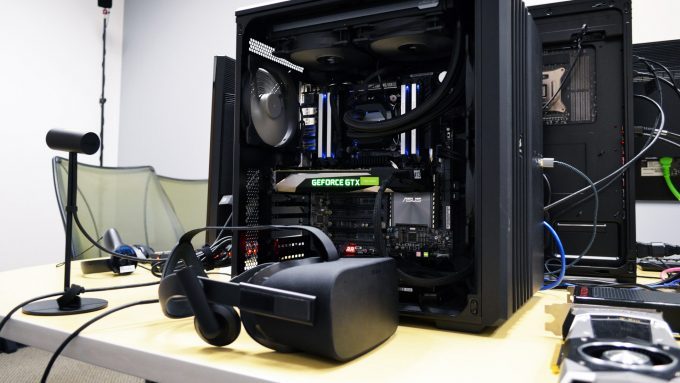 In the interest of thoroughness, here’s a few notes you should know about our approach to this estimate and a few things worth thinking about.
In the interest of thoroughness, here’s a few notes you should know about our approach to this estimate and a few things worth thinking about.
First, we only looked into the GPUs that met the de facto ‘VR Ready’ standard, which is a general (but not exact) agreement among industry players as to what GPUs are powerful enough for VR. For this estimate we stuck with GPUs which meet or exceed official “recommended” VR specs from the likes of NVIDIA, AMD, Oculus, and HTC.
In addition to the “recommended” ‘VR Ready’ spec, Oculus has its own slightly lower ‘Minimum Spec’ that relies on ASW technology to offer a smooth VR experience on less powerful hardware. If we add those cards into our estimate, it significantly increases the total pool of VR-capable GPUs on Steam to 76 million.
Second, a number of VR Ready GPUs are not represented in the Steam stats, especially ‘Pro’ cards like Nvidia’s Quadro and AMD’s Radeon Pro and W-series cards. Some very high end cards, like Nvidia’s Titan series are also not seen in the stats. Our guess is that a combination of sample size and market share of those cards may render them insignificant in the stats, and/or they may get lumped into the survey’s ‘Other’ figure.
Third, a system is not completely VR Ready by the GPU alone; the CPU also needs to meet a certain bar, and there’s a few specifics surrounding USB versions, port count, HDMI versions, and operating system. Based on the stats available, there’s no way for us to combine the CPU and GPU stats to identify individual systems which contain both a VR Ready GPU and a VR Ready CPU. If you want to know if your PC meet all the requirements, check out the headset-specific requirements see if your PC is VR Ready.
Forth, this estimate only addresses Steam users, not the entire ‘universe’ of PC gamers. Though it can be reasonably argued that a great majority of PC gamers with the sort of hardware we’re talking about are also Steam users.
And finally, fifth, many of the same cards that were considered VR Ready at the launch of the Rift and Vive in early 2016 are still considered VR Ready today in 2020, despite the latest wave of cards bringing improvements in performance. That means that in addition to VR Ready GPUs simply being more prominent, part of the expansion in the number of people with such GPUs is being driven by the fact that the VR Ready recommended spec has been expanding in breadth. At some point, when it gets a little too wide, it’s likely that we’ll see the recommended spec drop a few of the older cards off the roster, but most likely not until the next generation of VR headsets.

